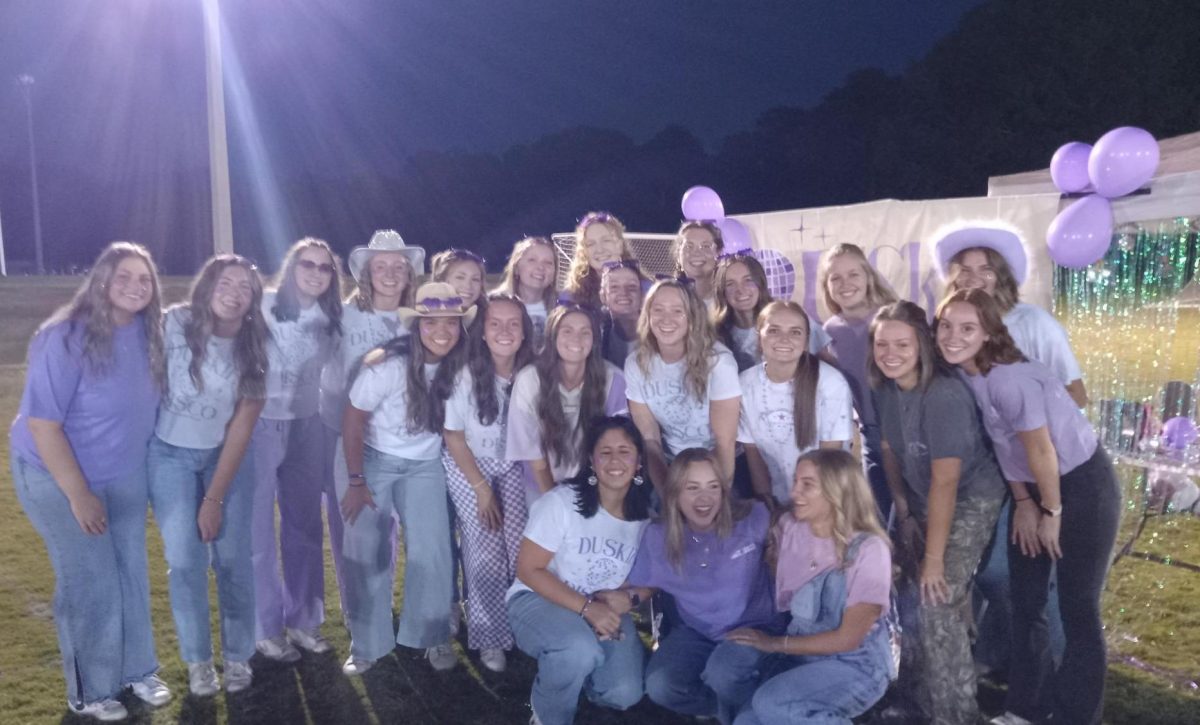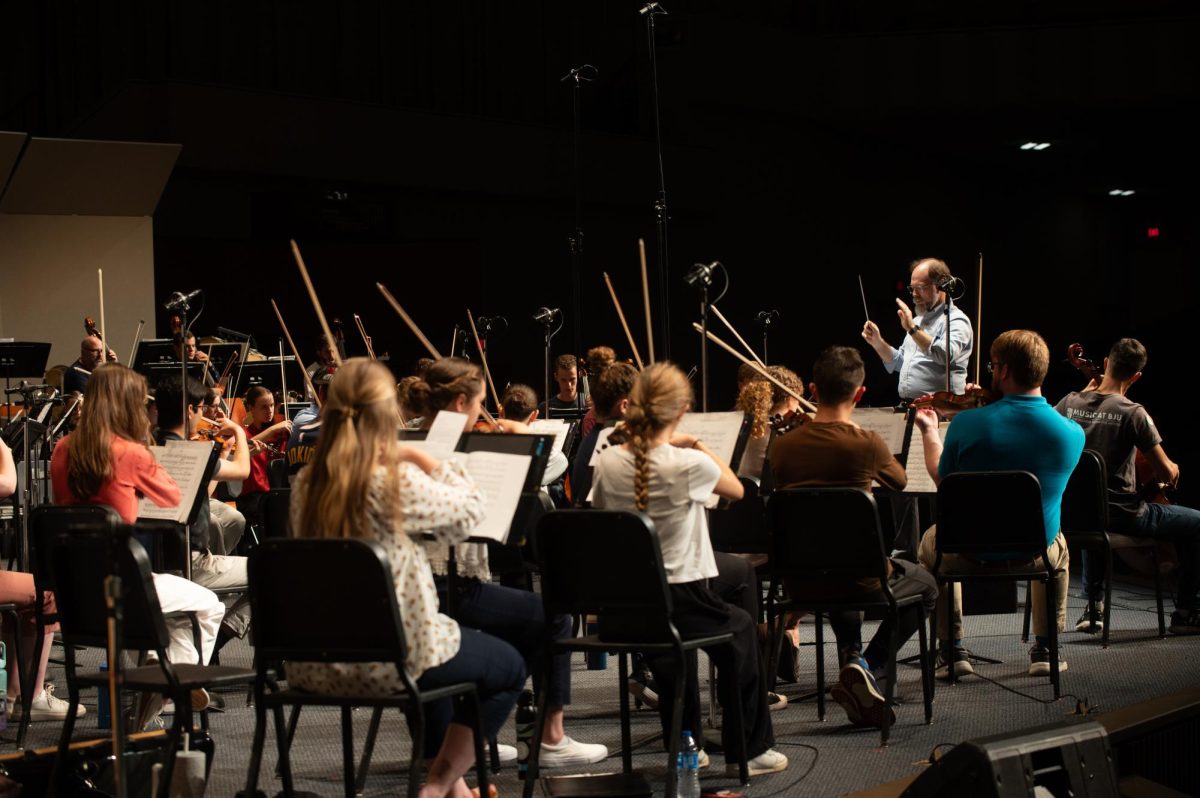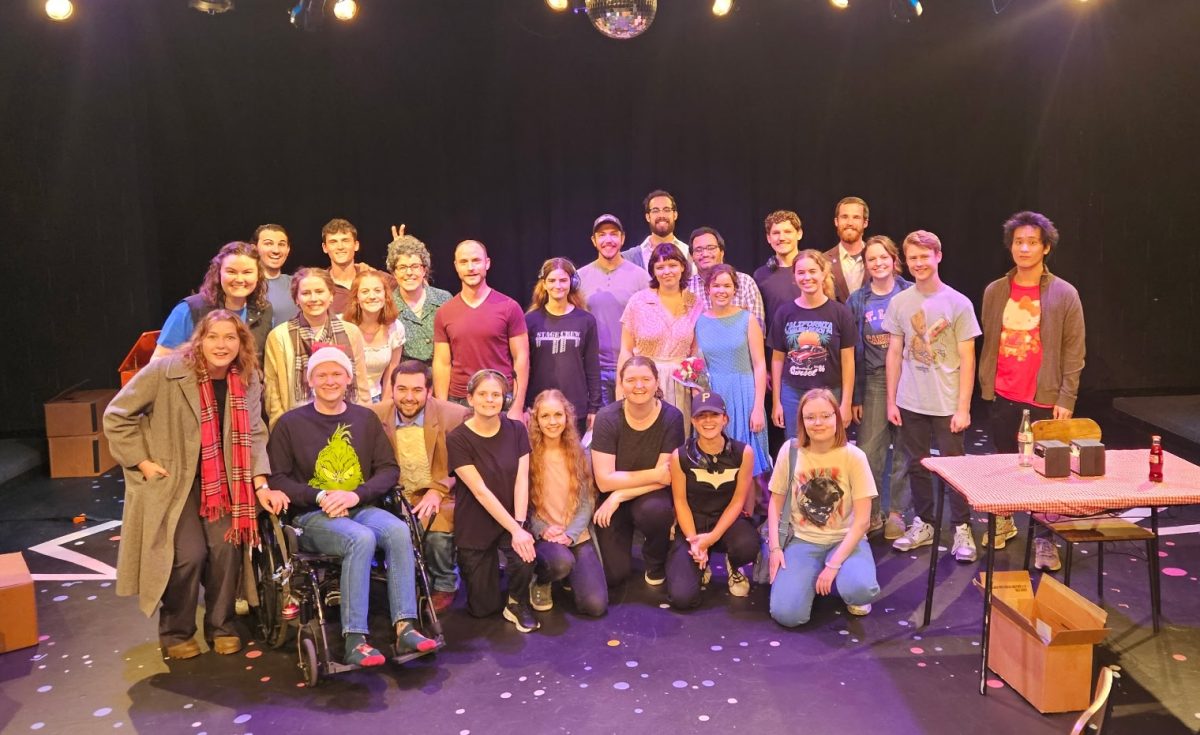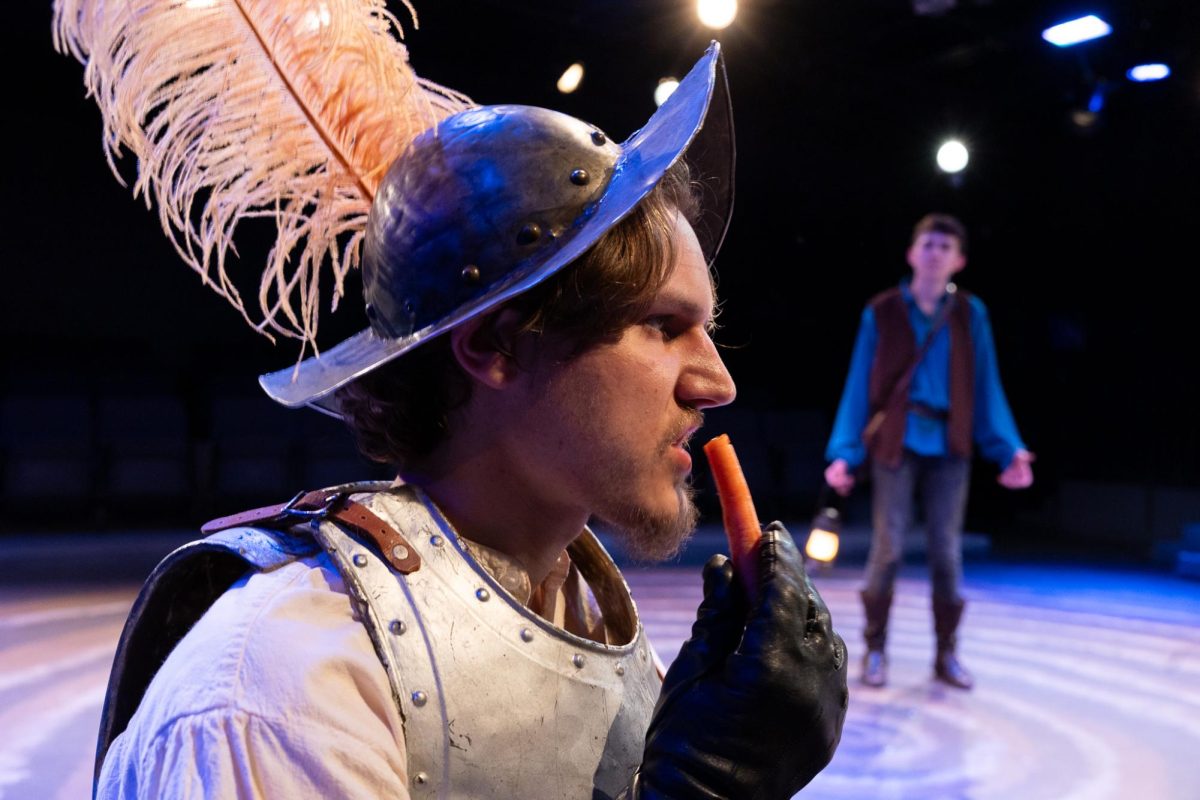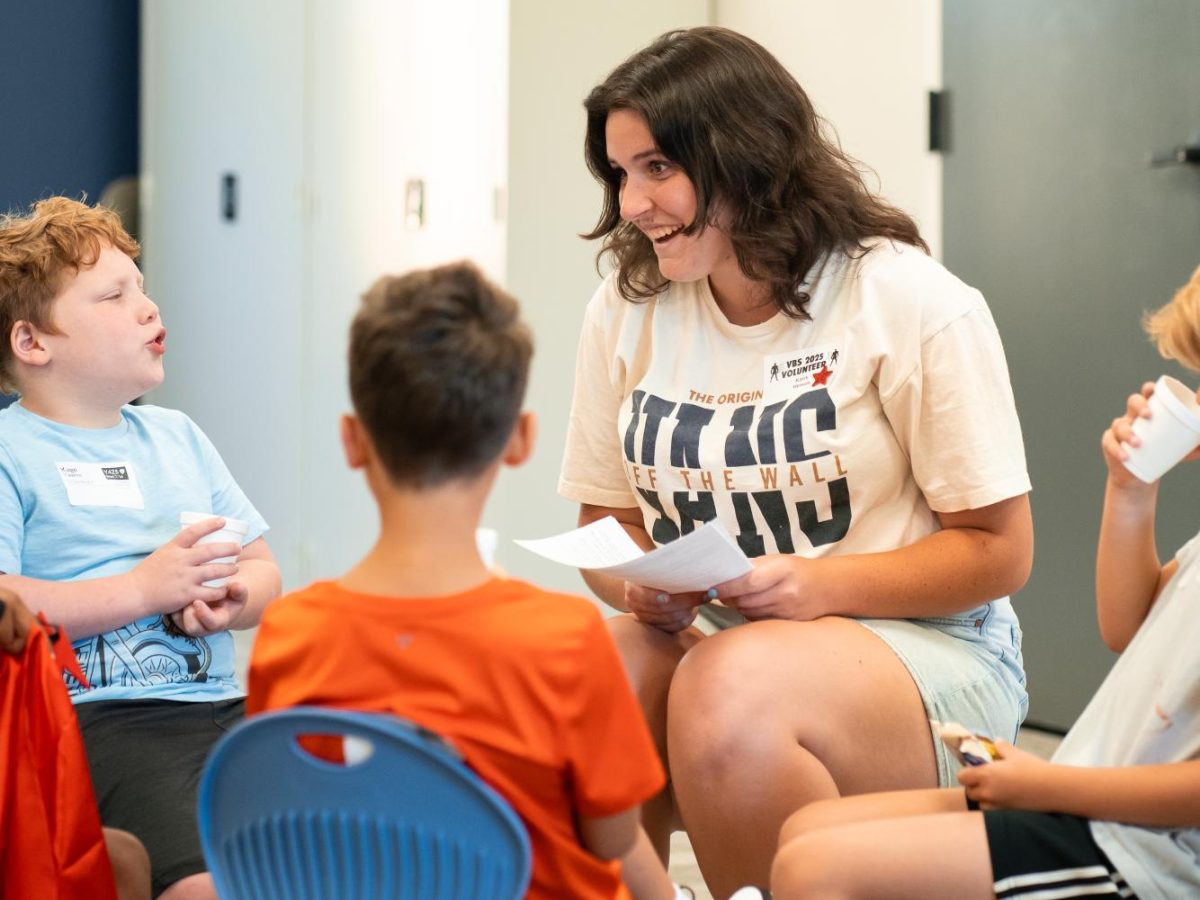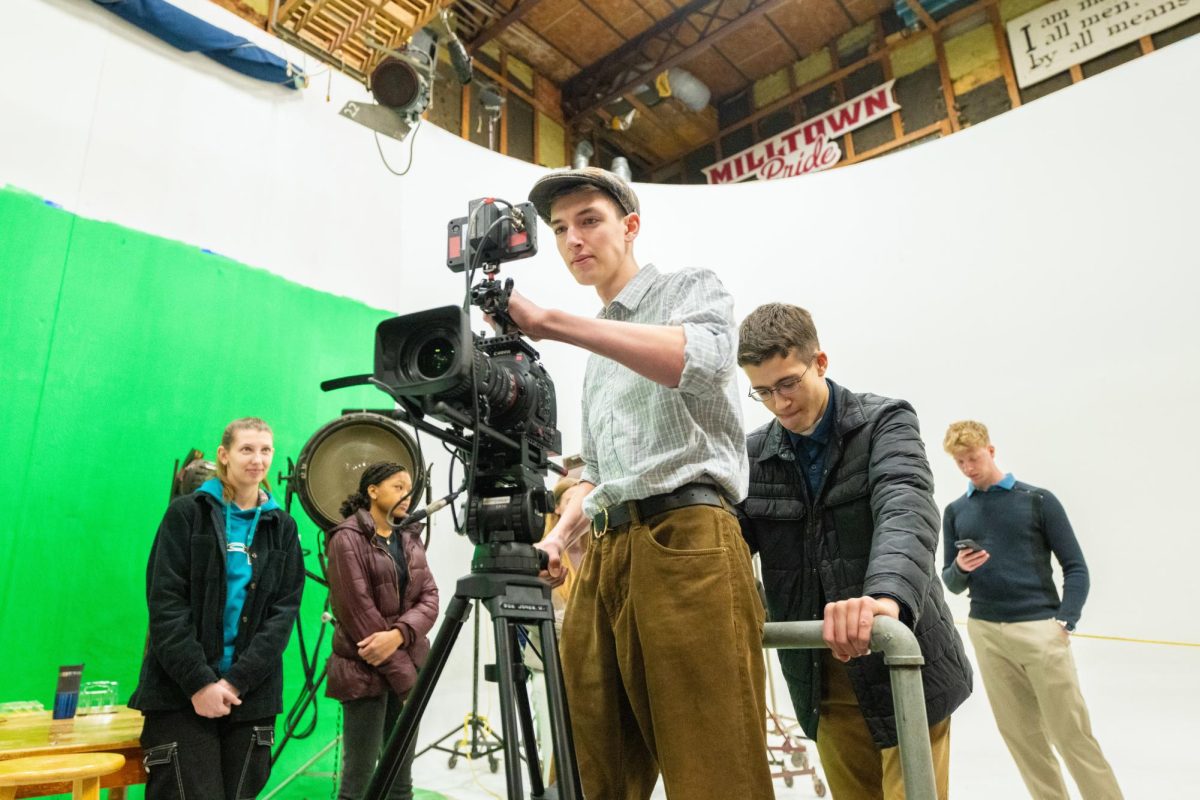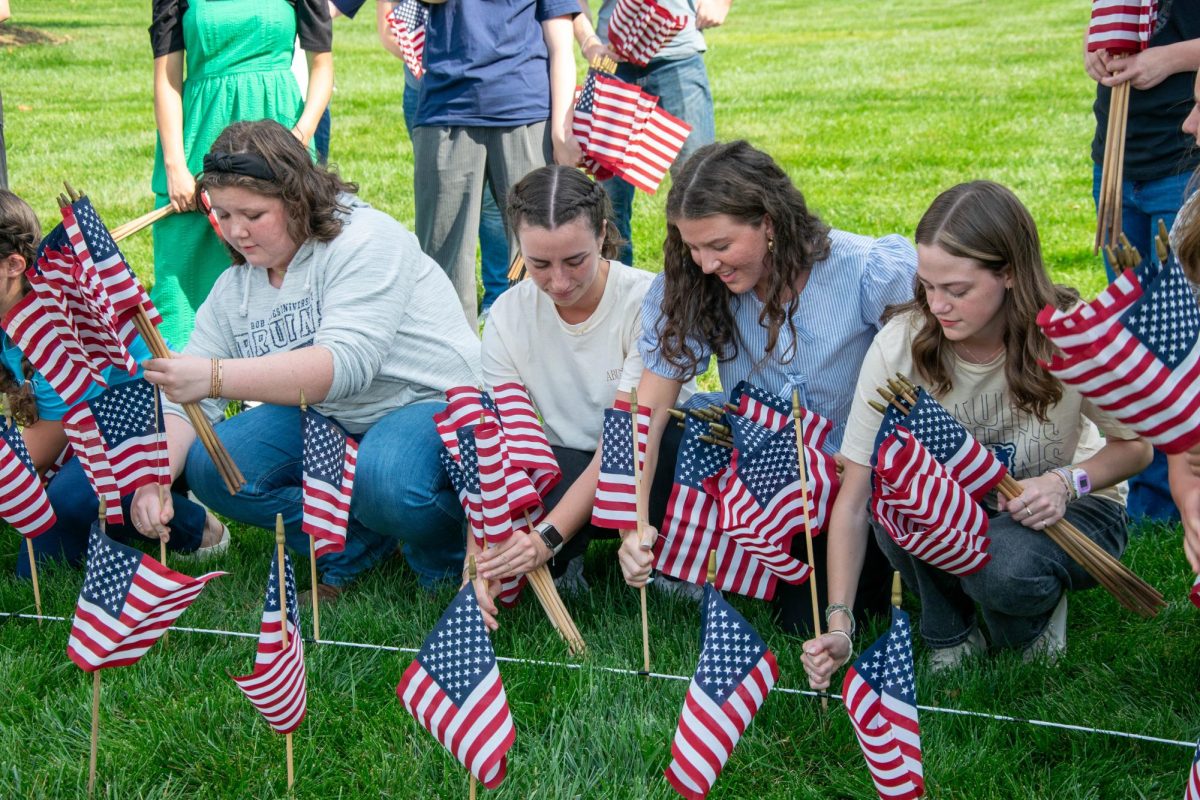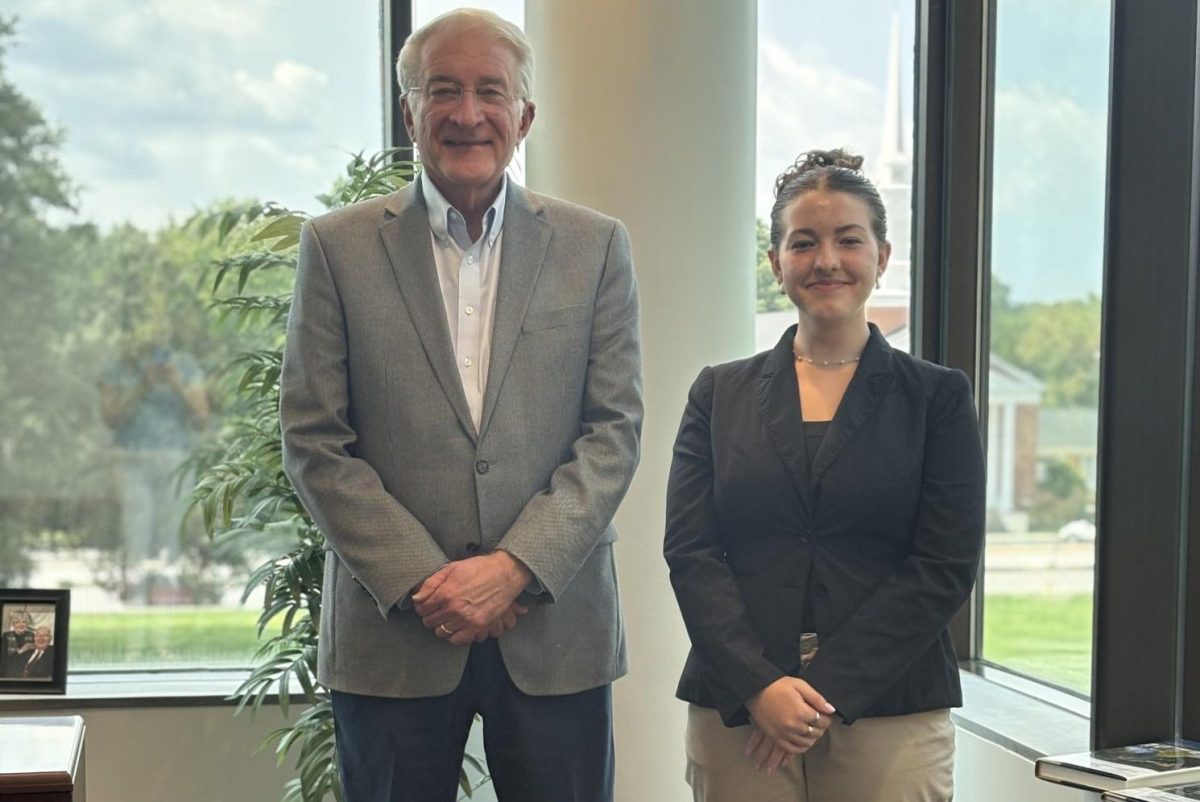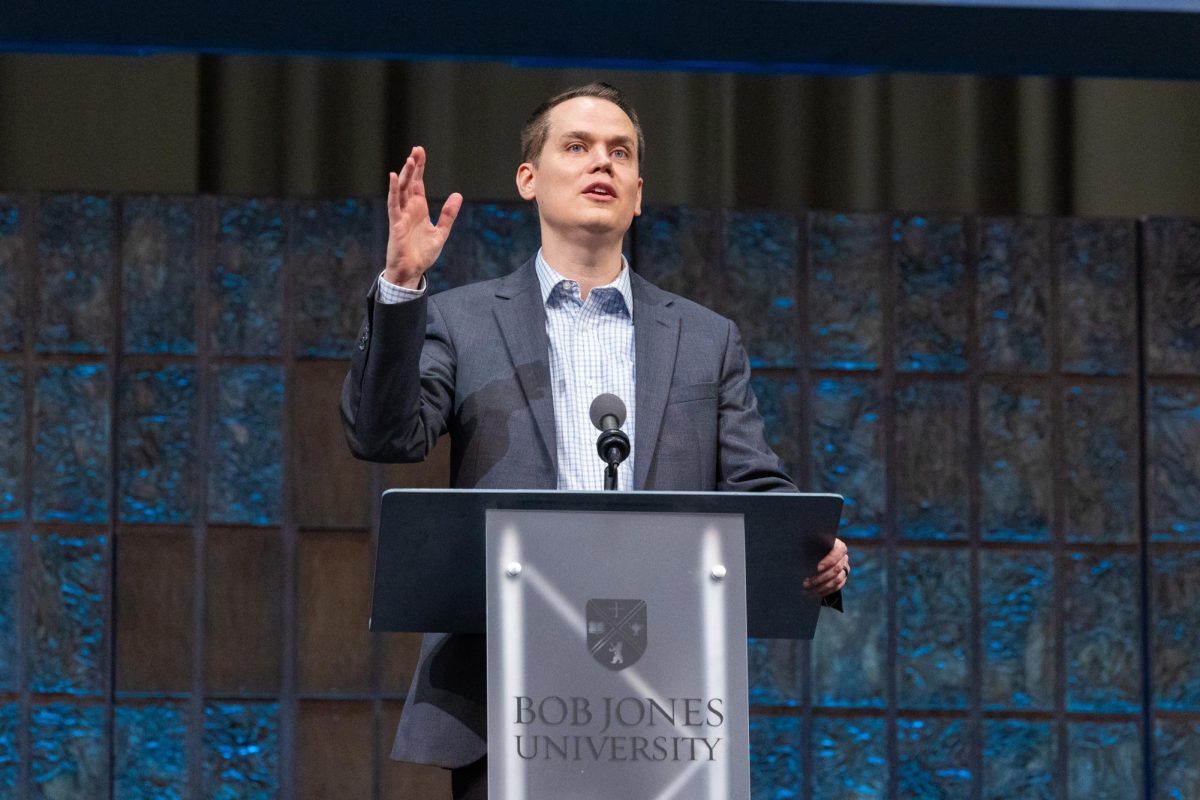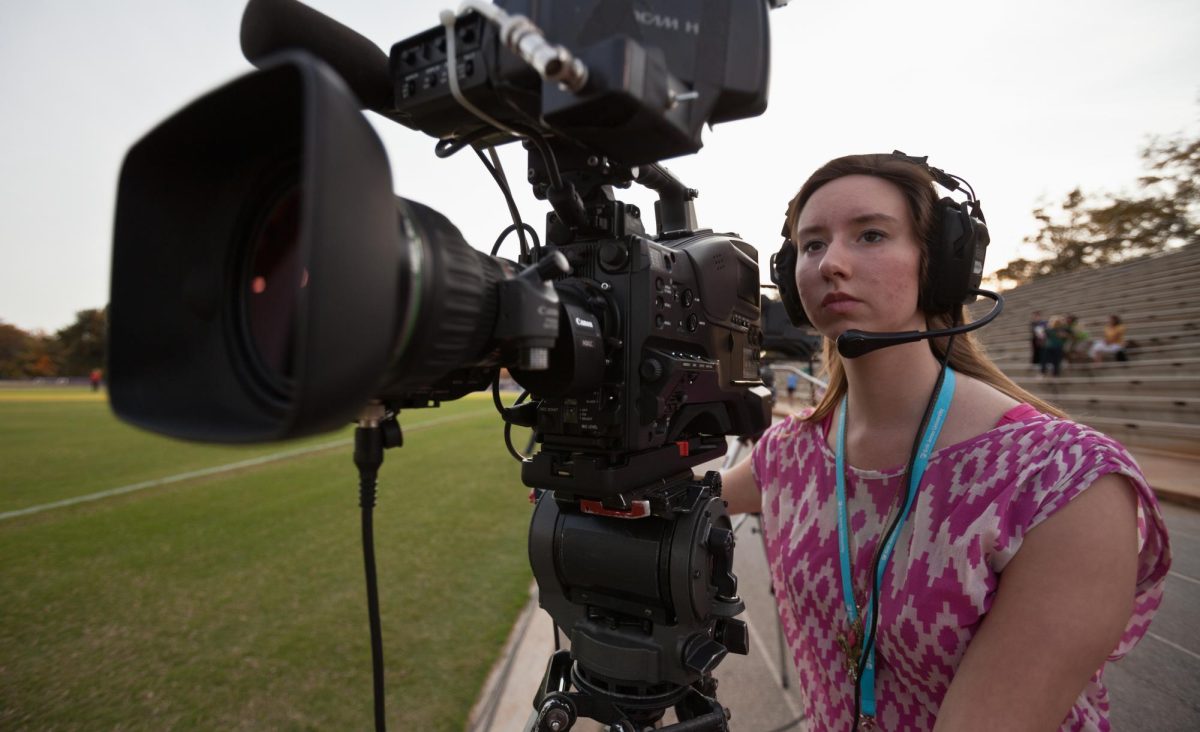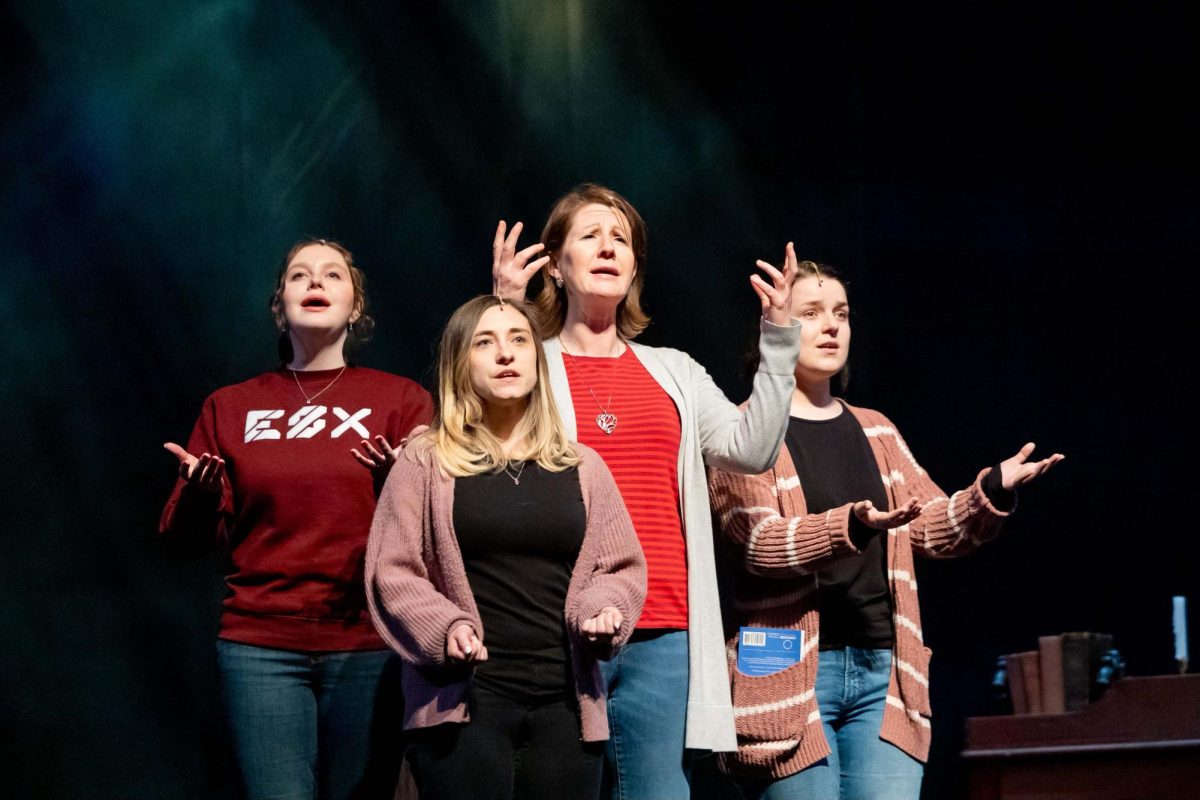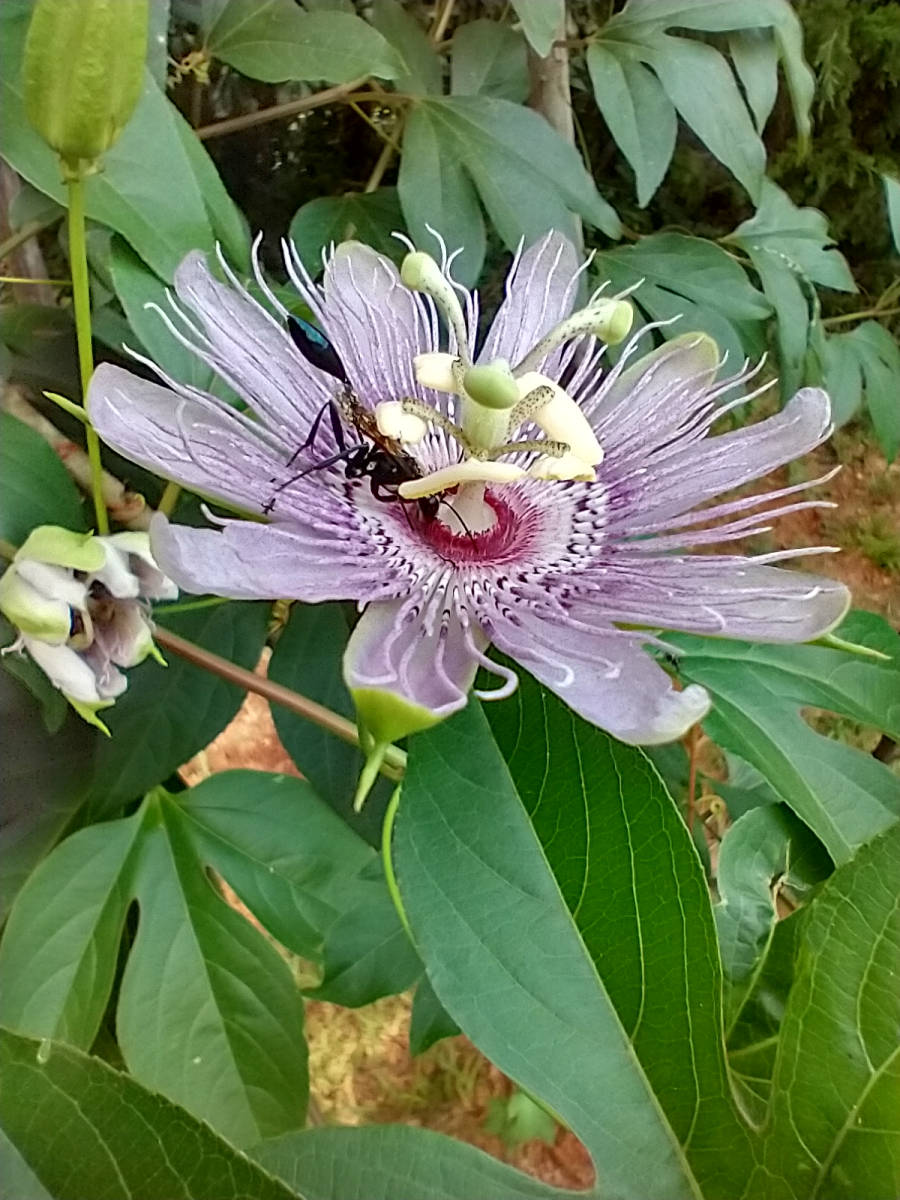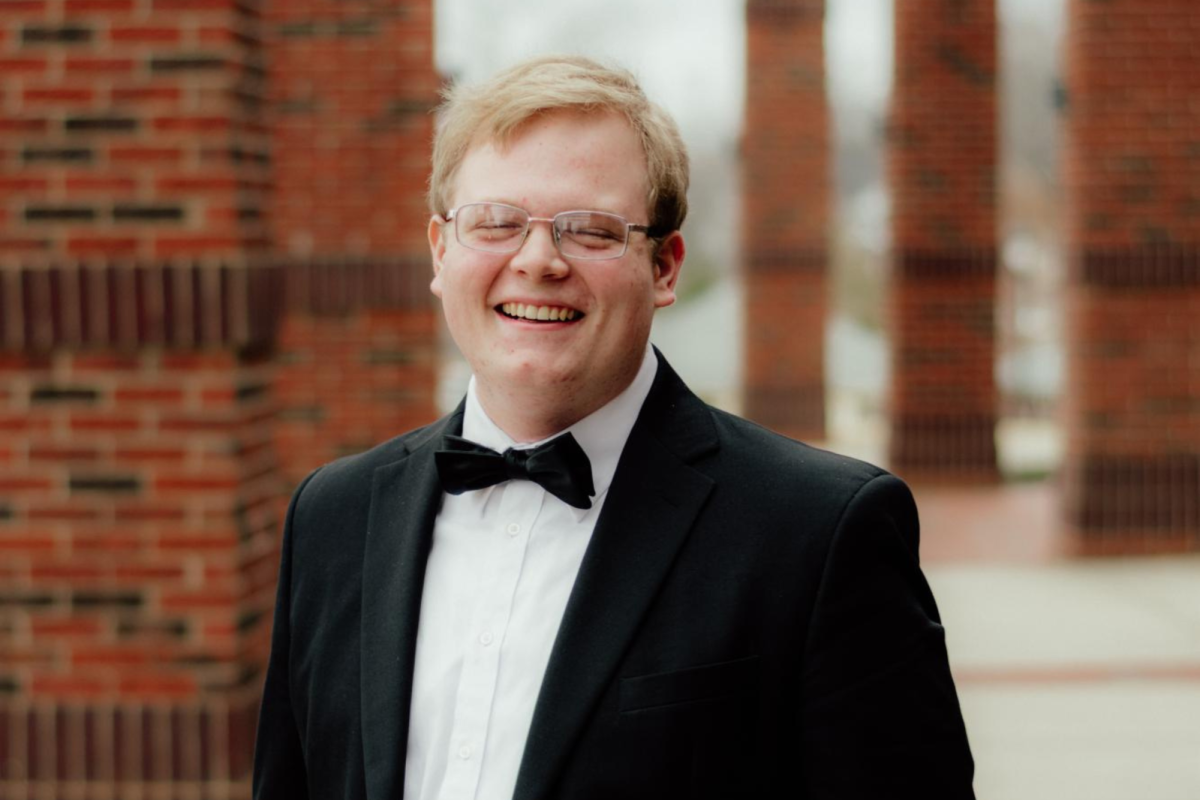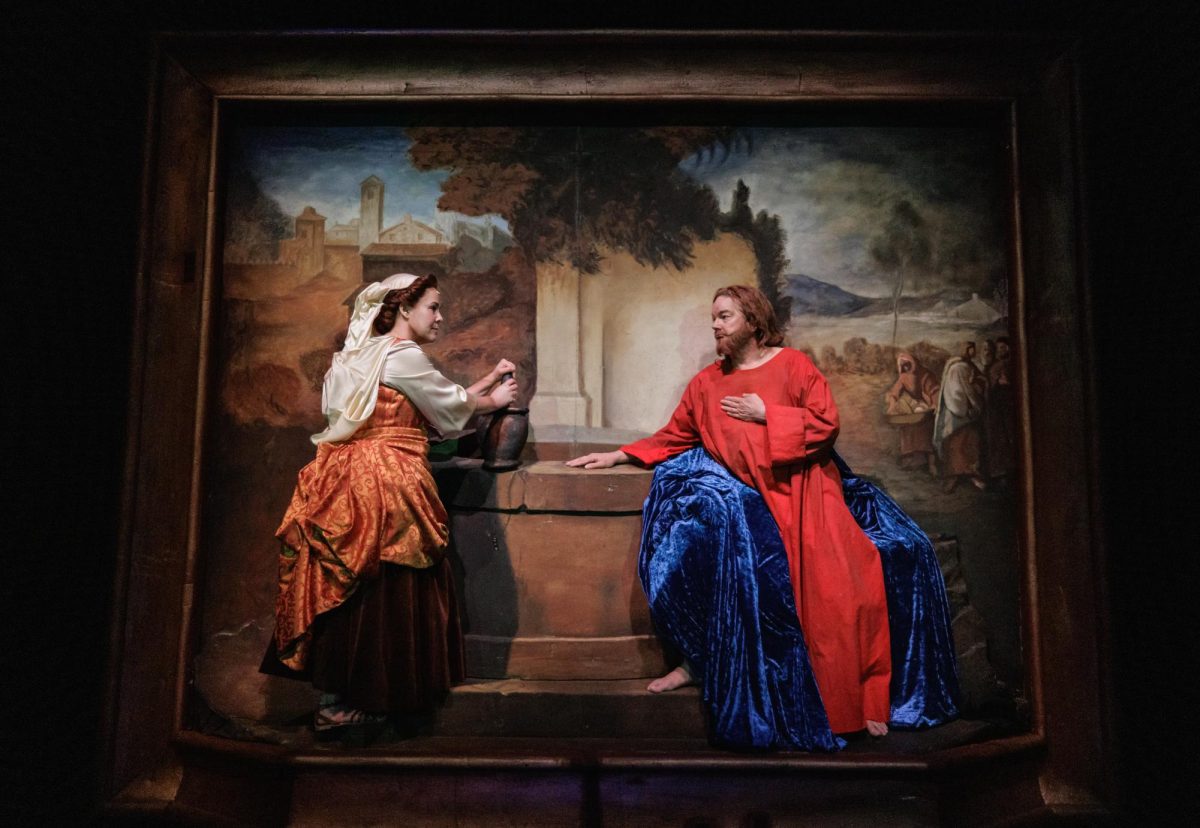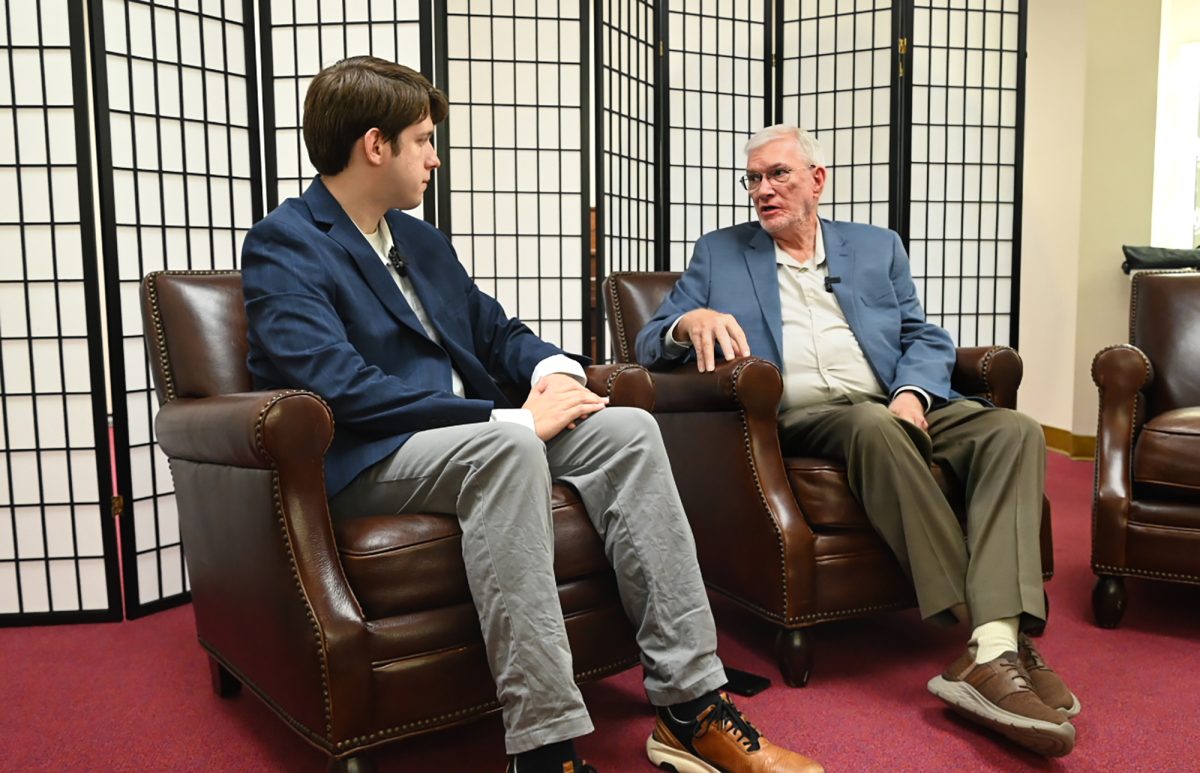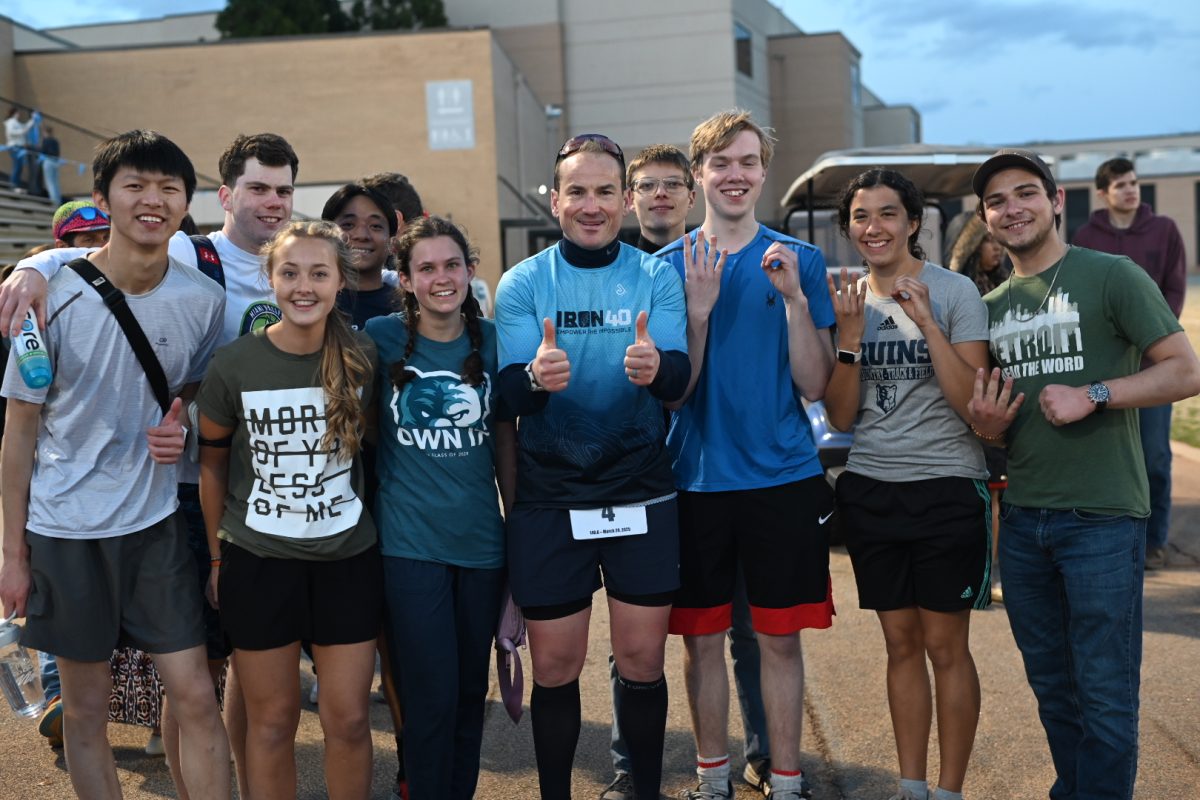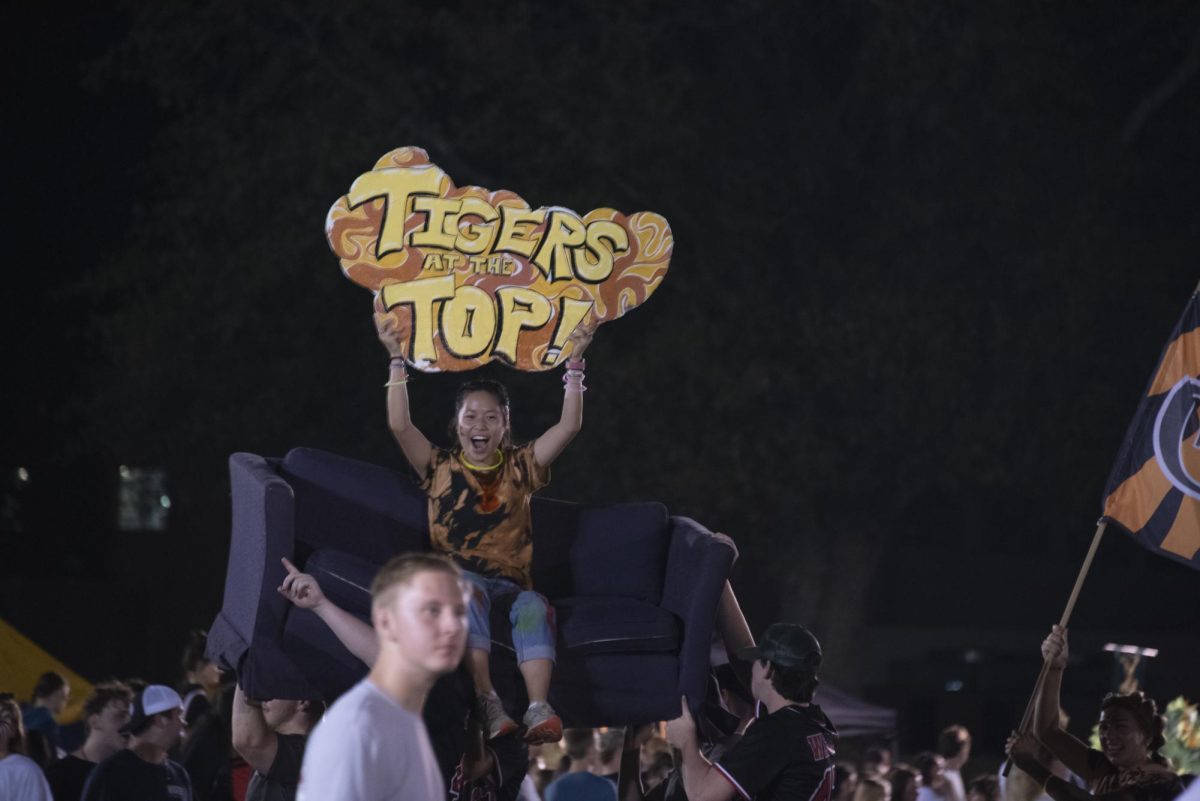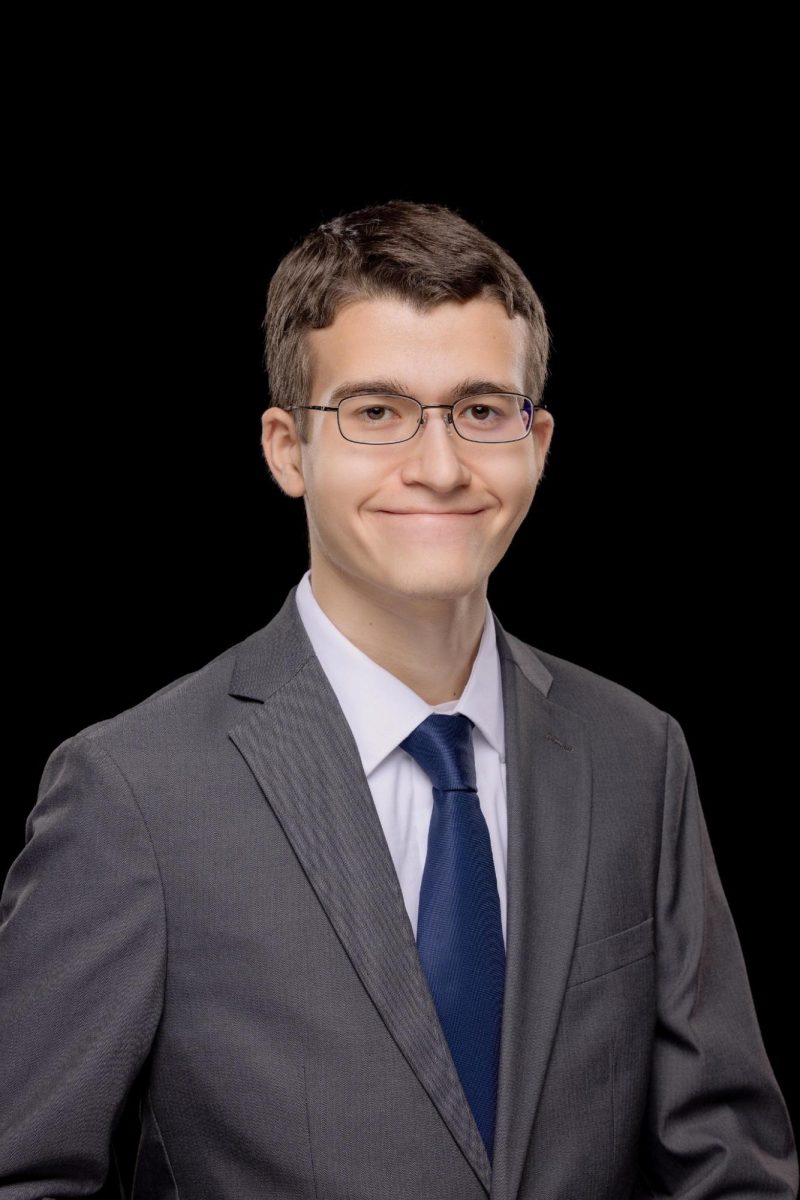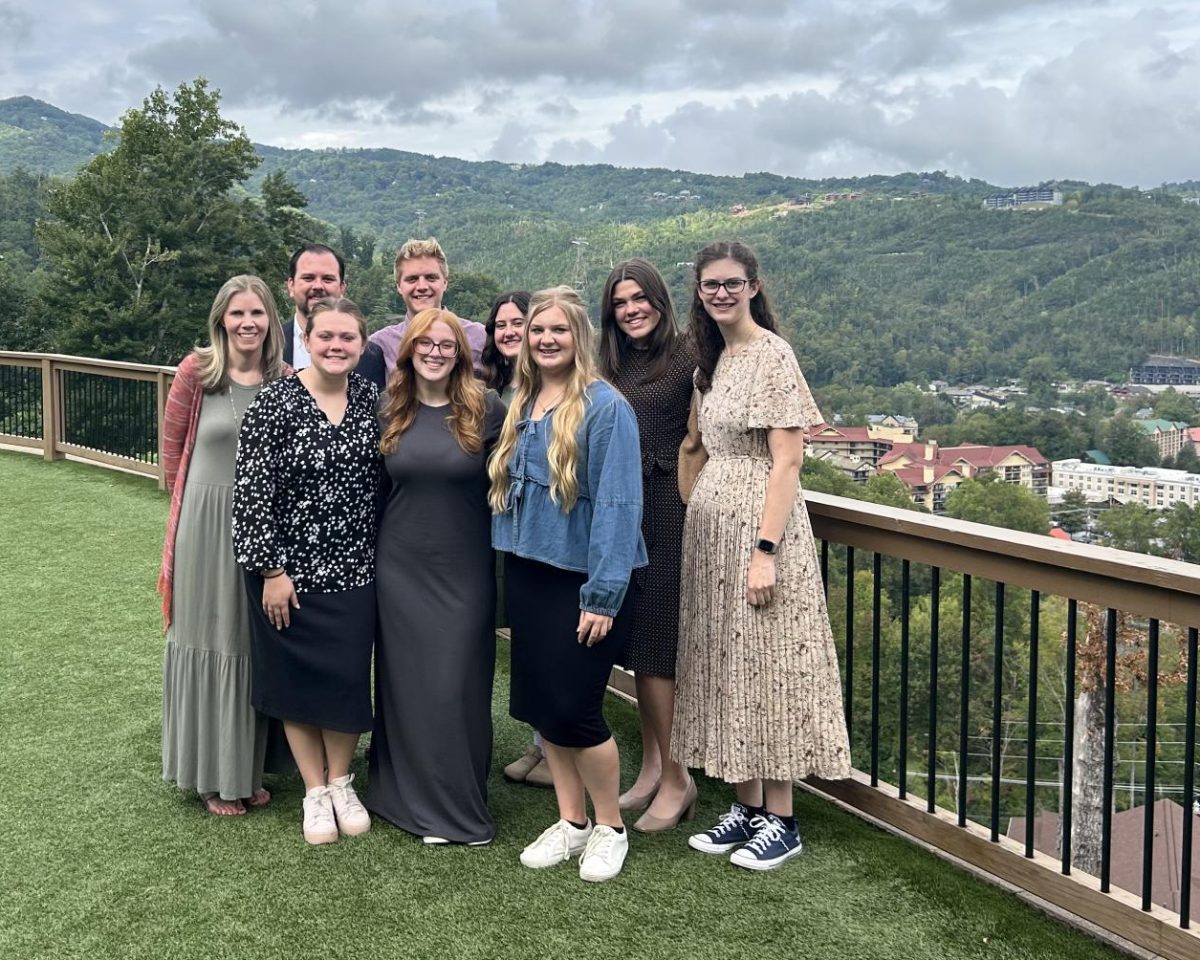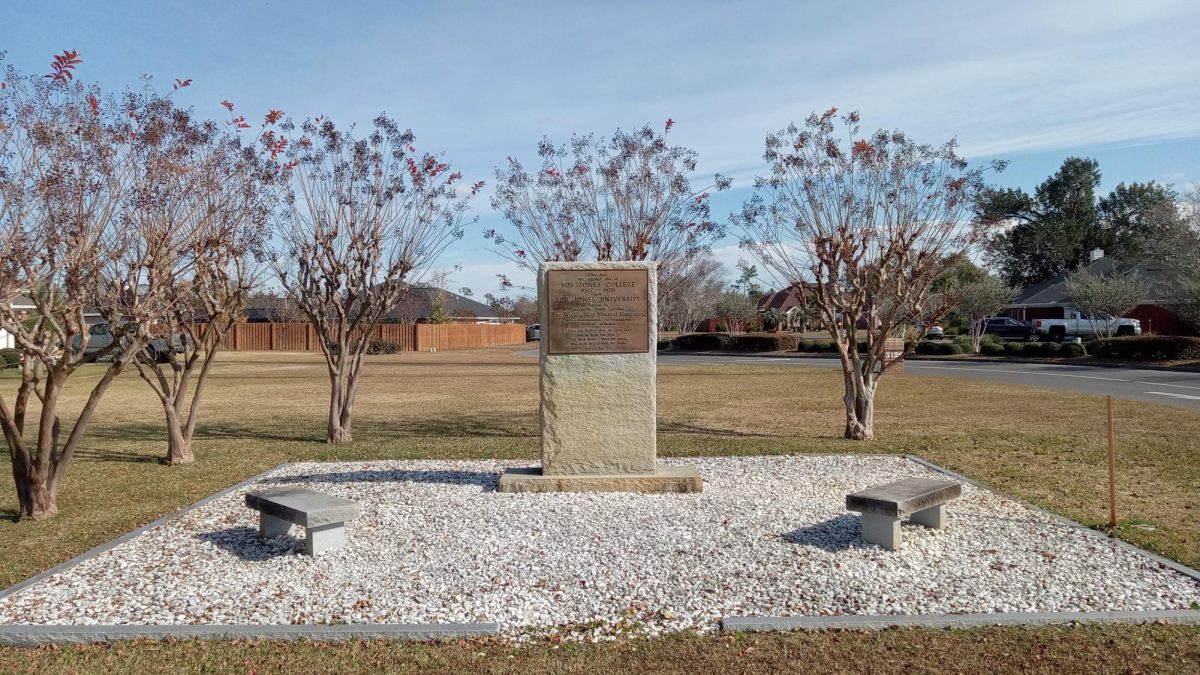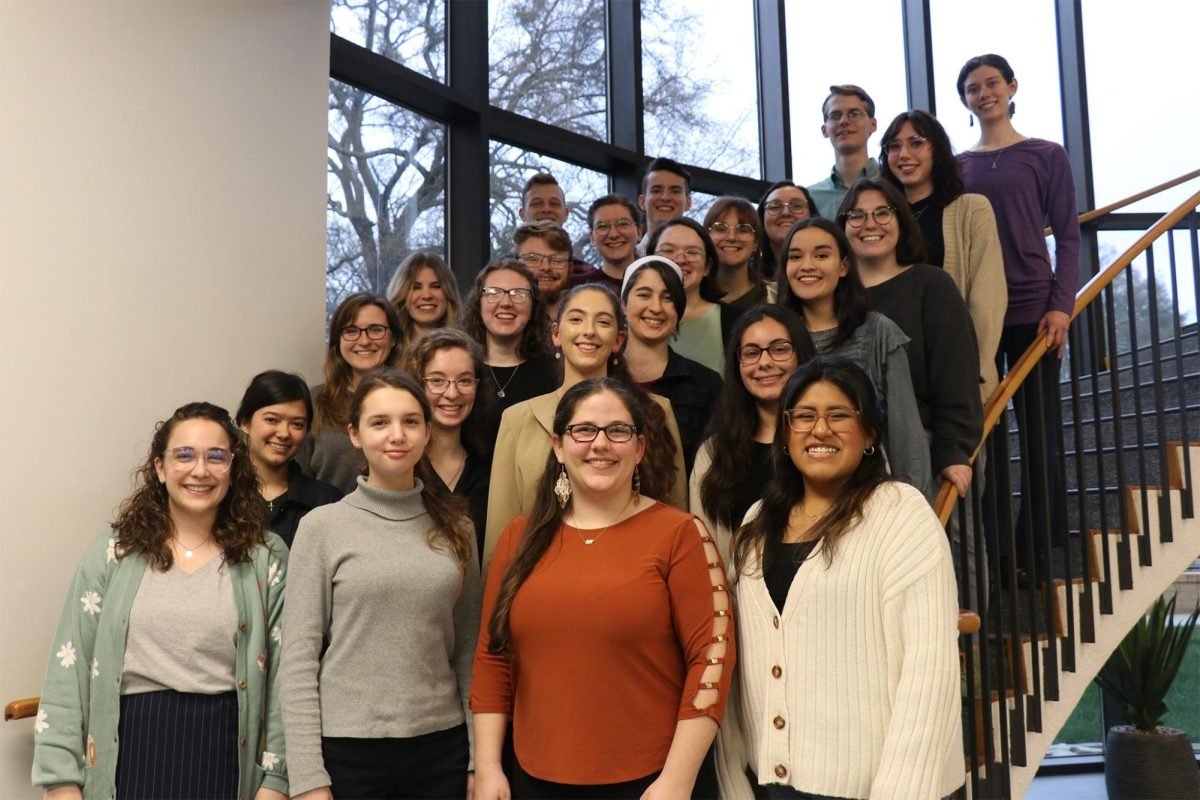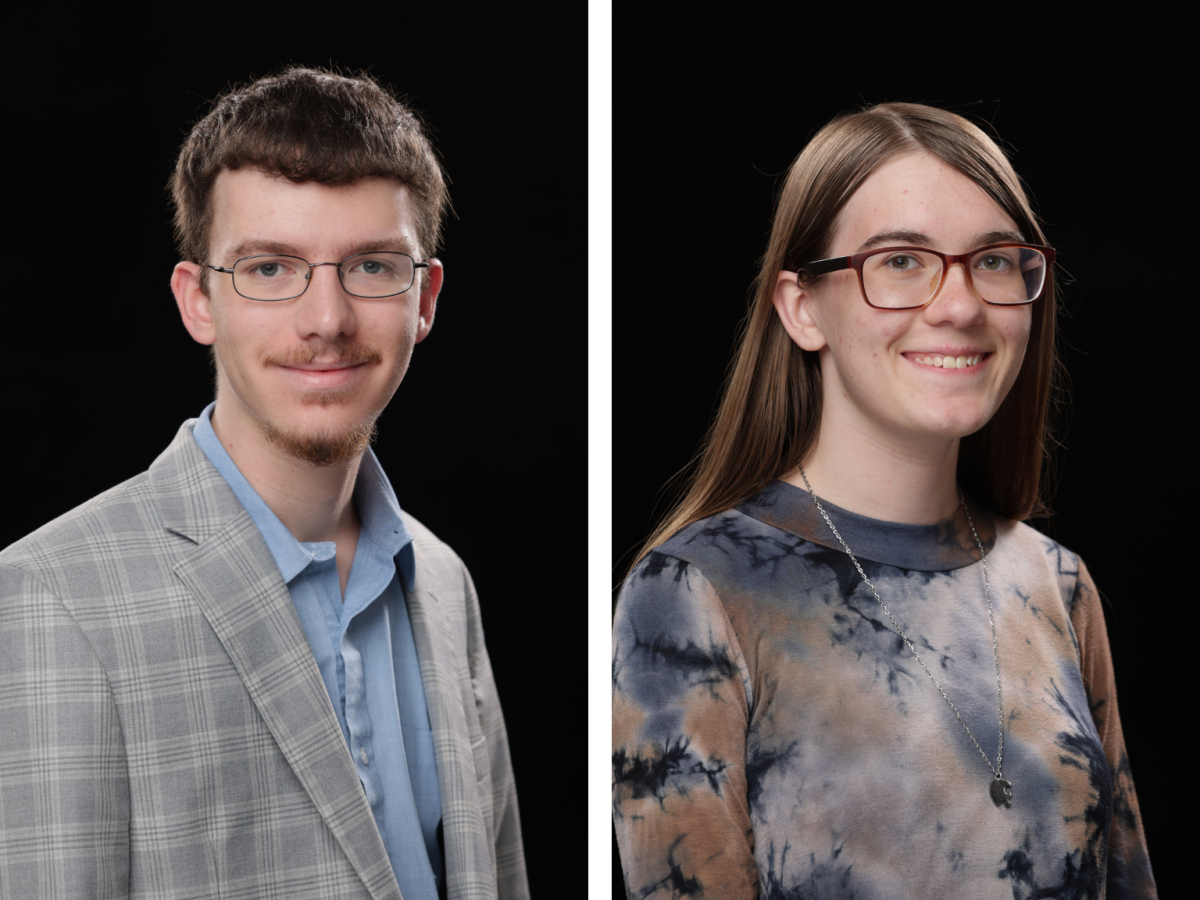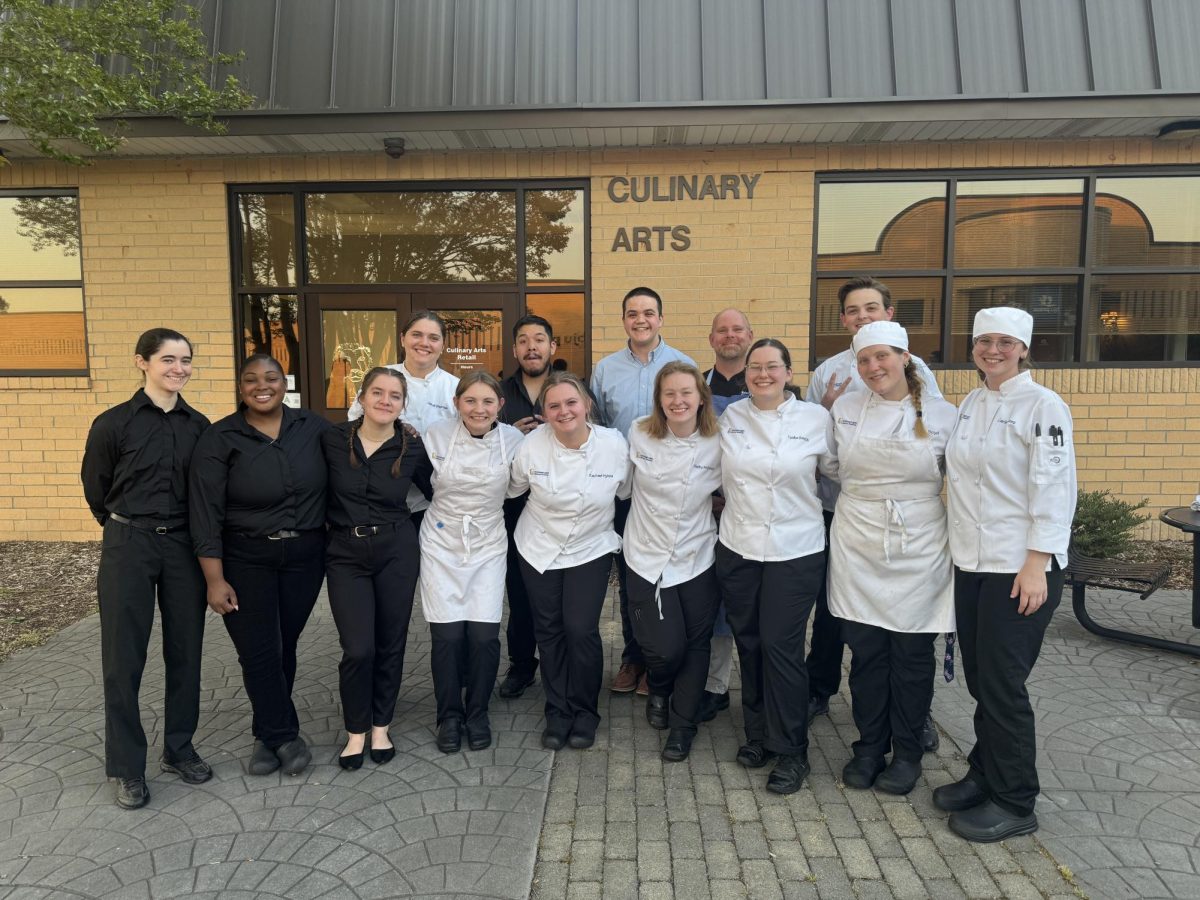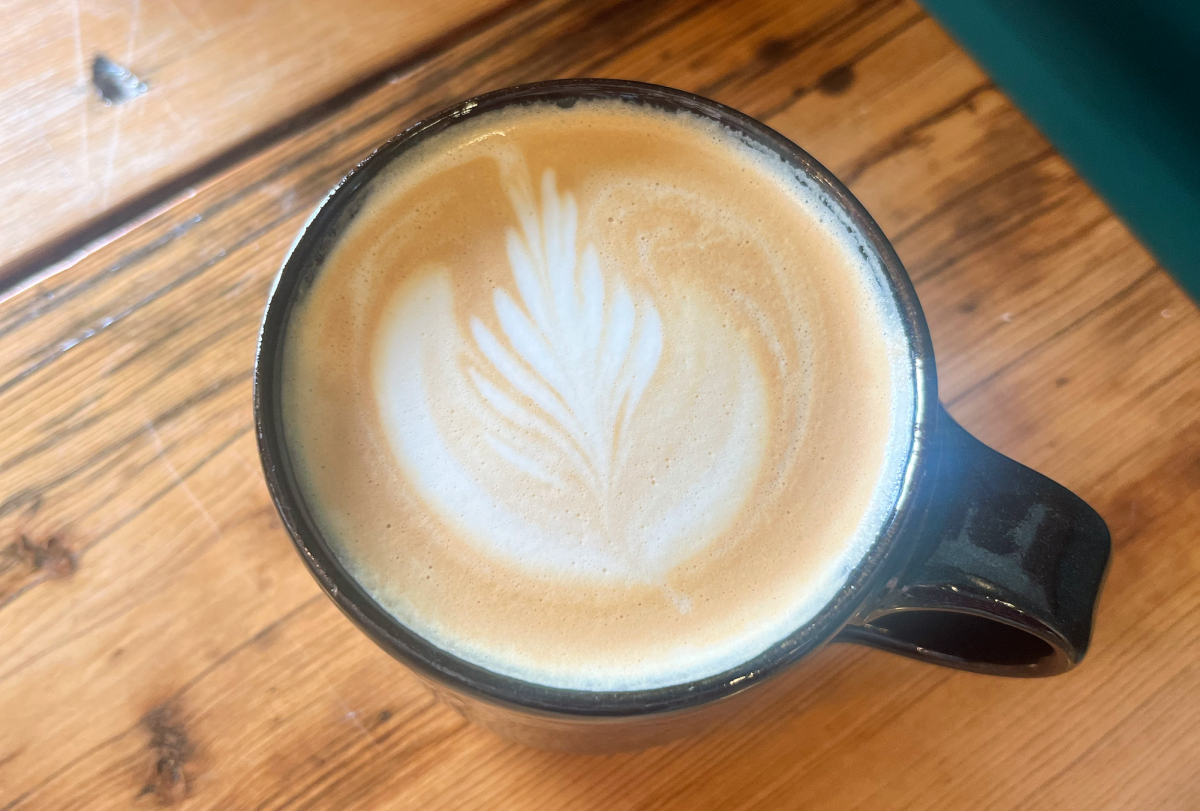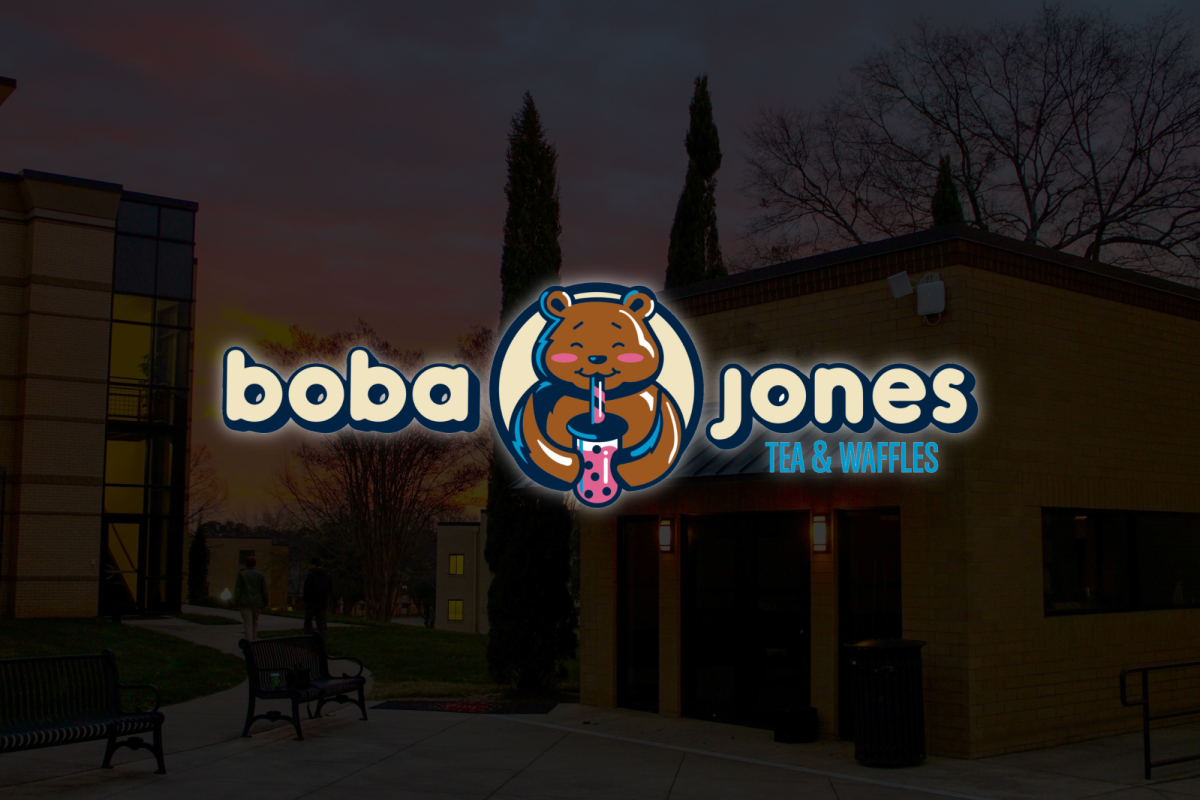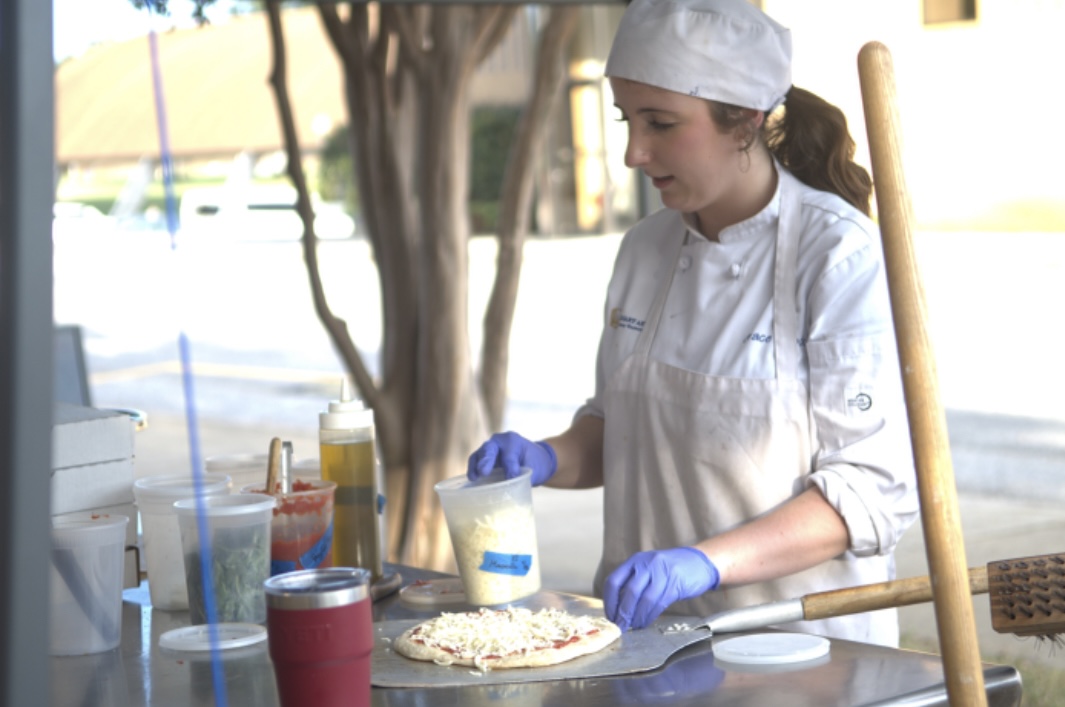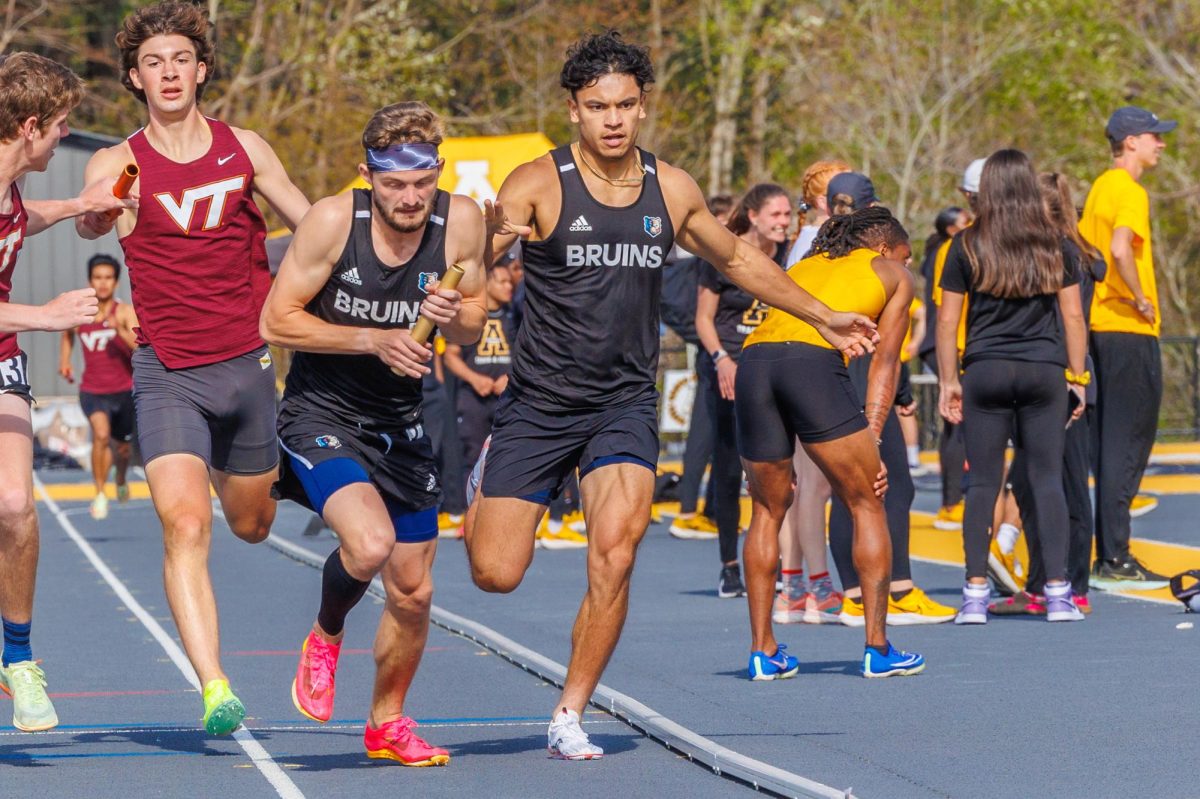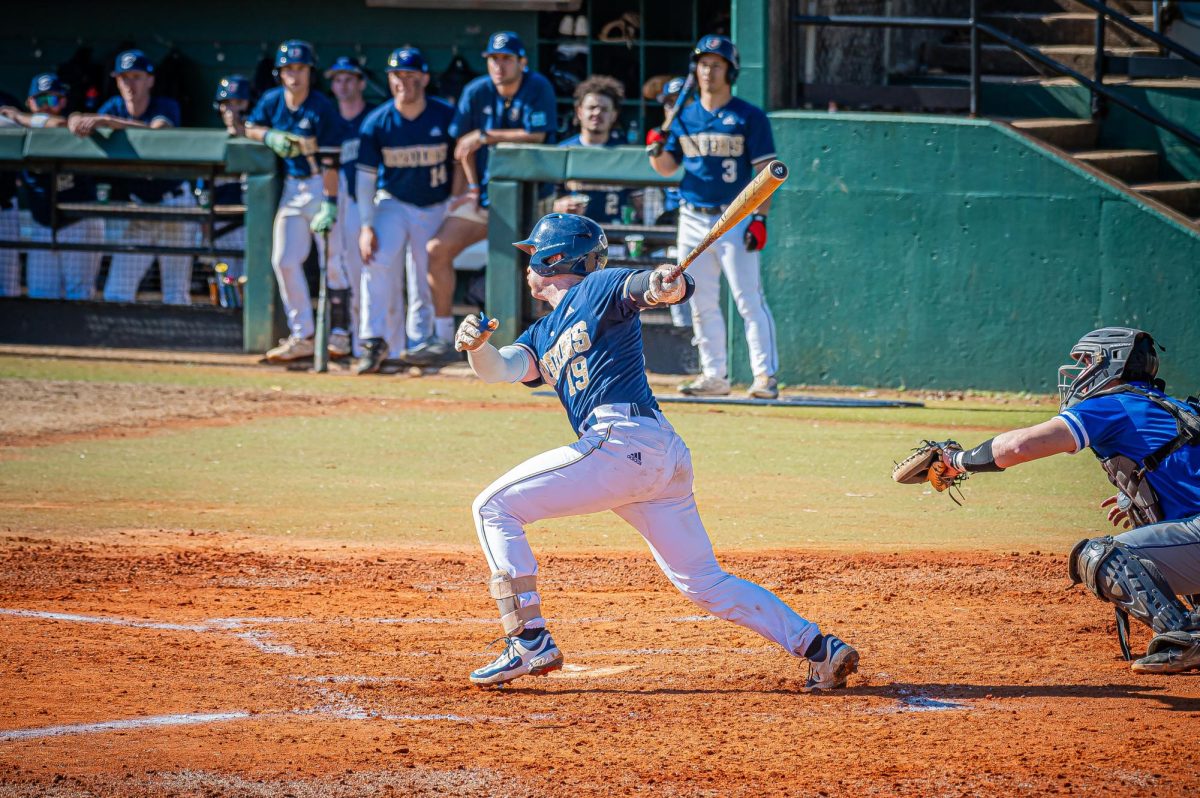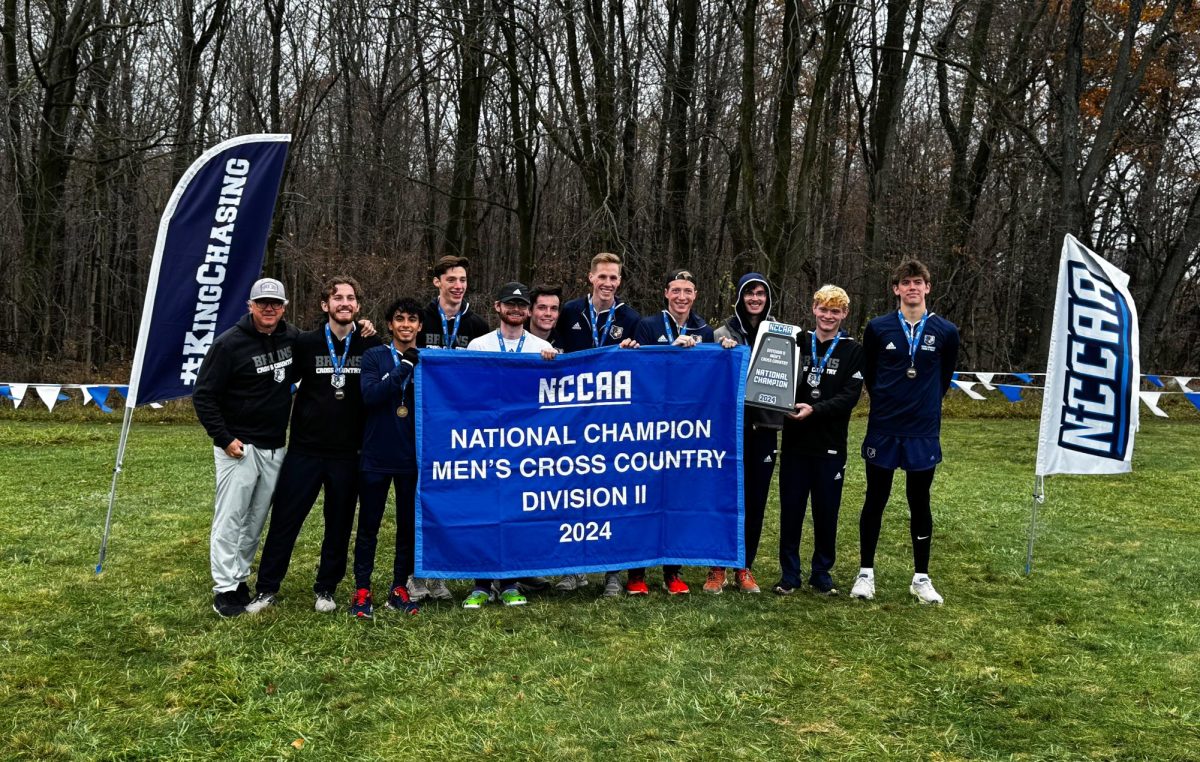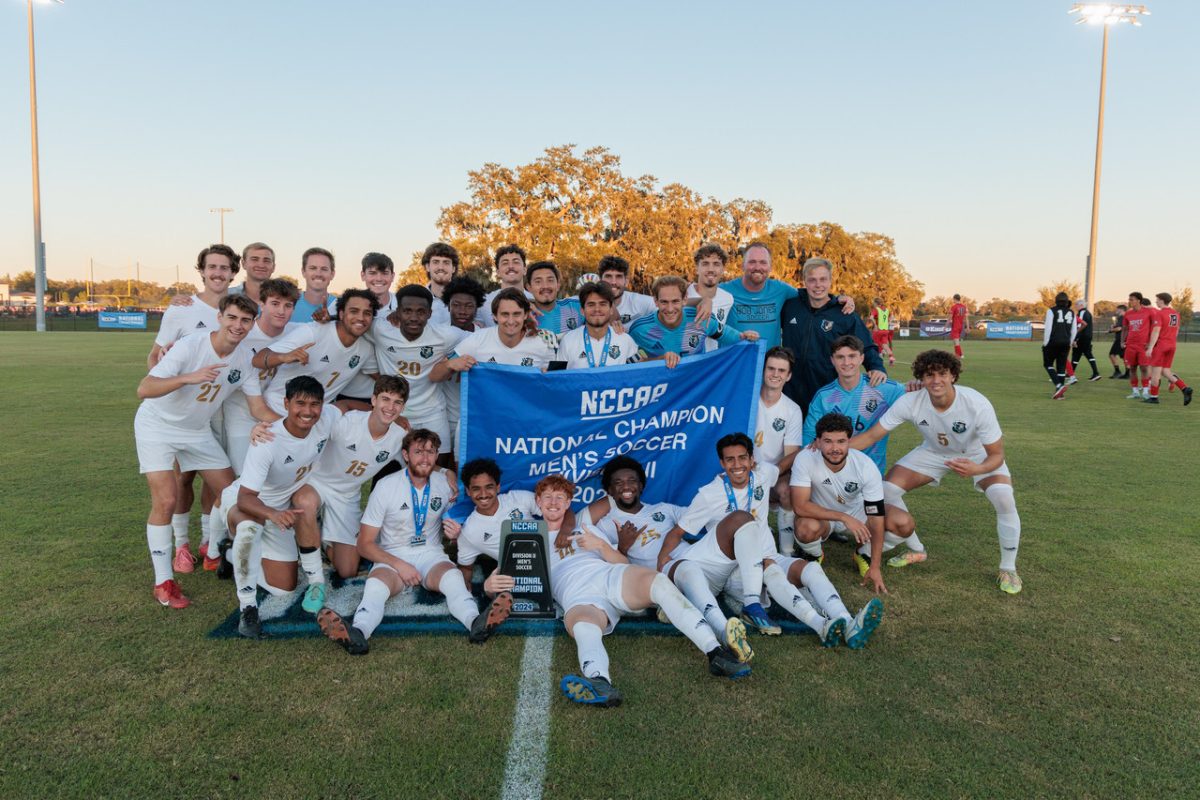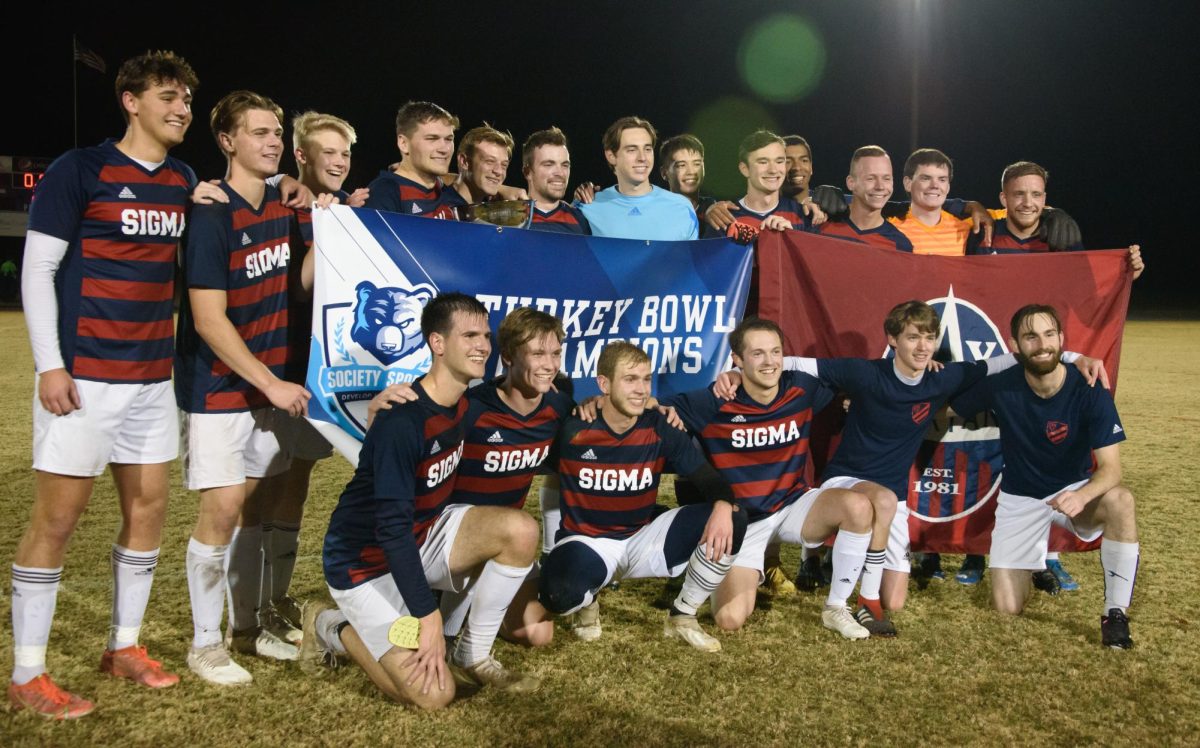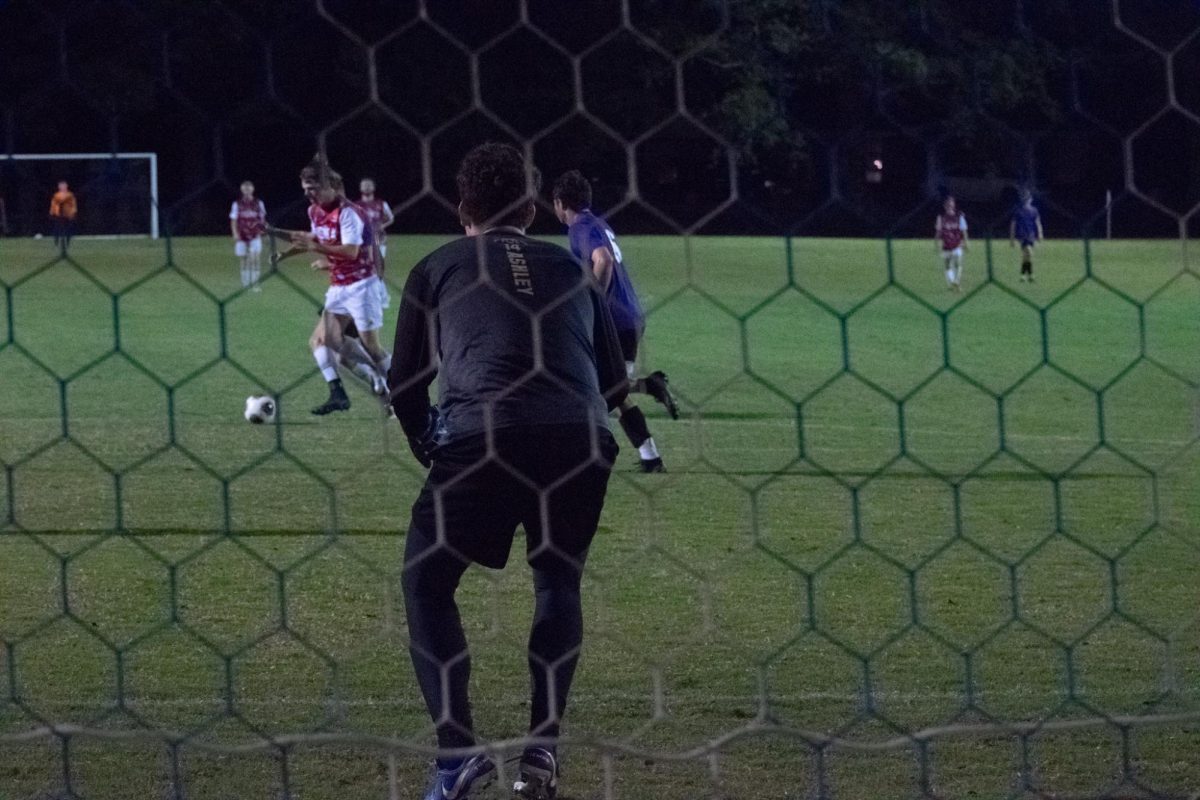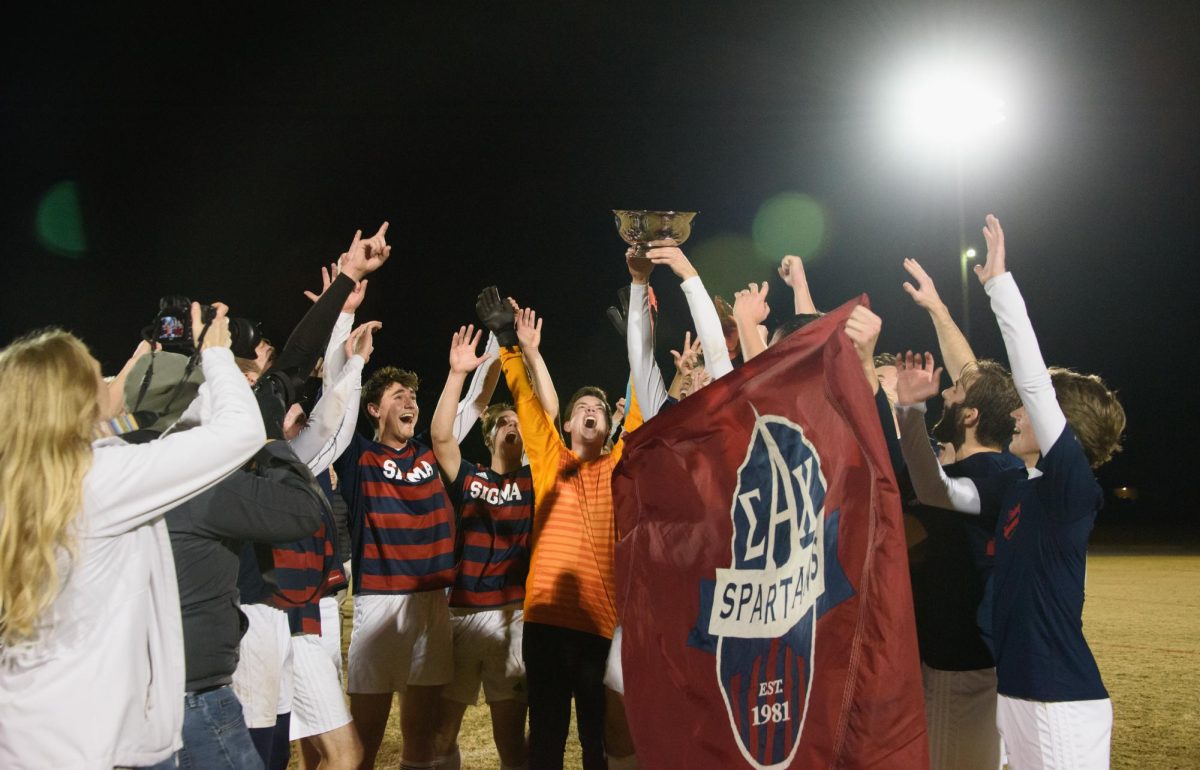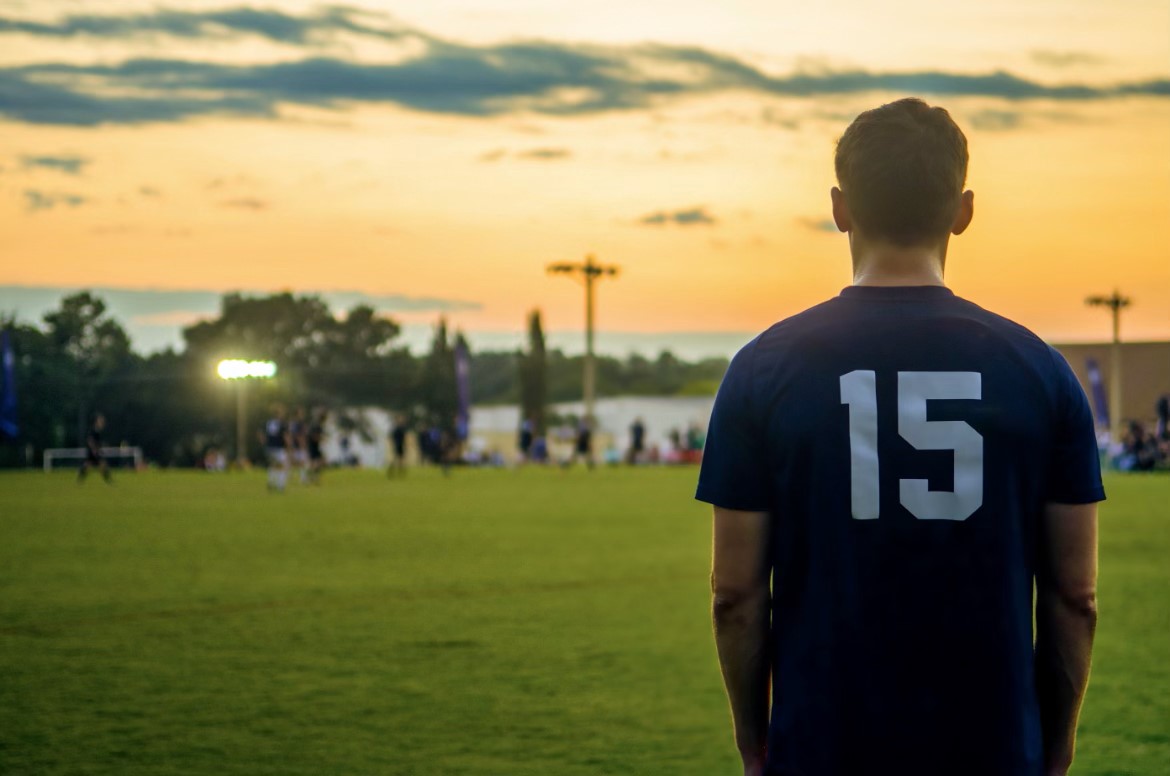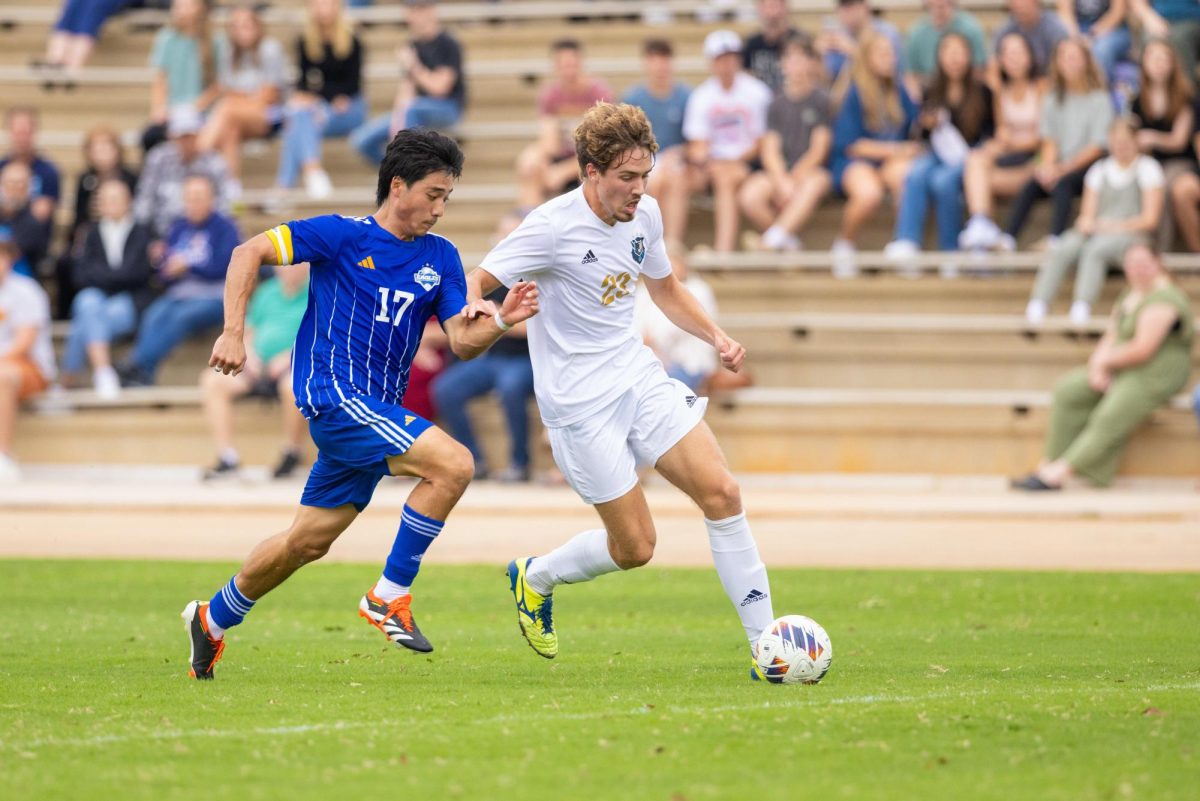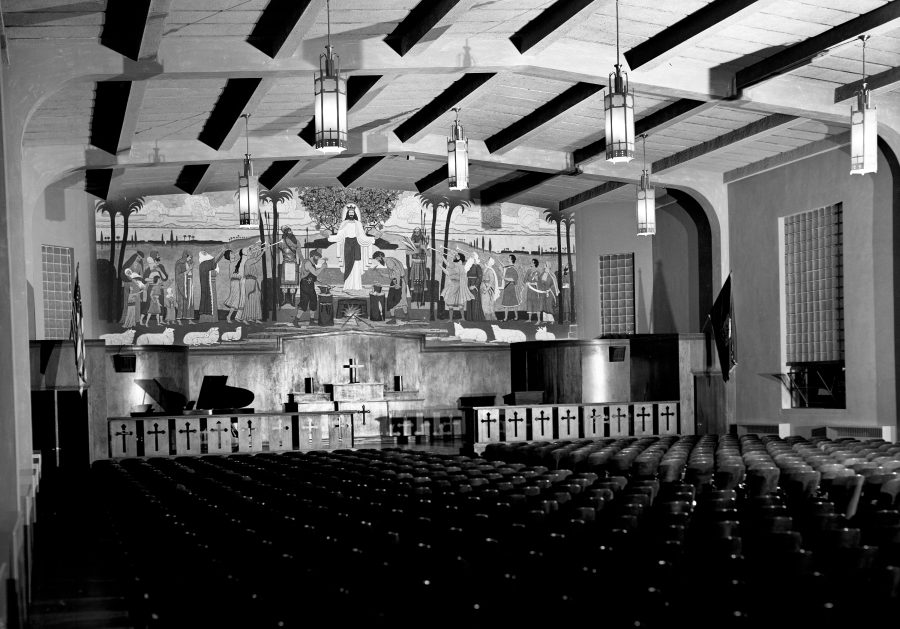Hundreds of students walk past War Memorial Chapel every day, most having little idea of how many purposes it has served since its completion in 1947.
It has been home to countless celebrations, such as weddings and concerts. But it was a much more serious event—World War II—that caused the chapel to be built.
Dr. Bob Jones III, chancellor of BJU, said, “The school opened here in 1947, two years after the war was over.”
Under the GI Bill, soldiers received free education—deferred pay. “We were just flooded with the veterans,” Jones said.
The administration wanted to honor and remember the service of these United States veterans, so they built the War Memorial Chapel. Jones spoke solemnly about the soldiers’ experiences.
“Carnage and death was every day for them,” he said. “They’d seen things that nobody should ever have to see.”
Because the soldiers carried haunting memories of war, the school determined to get them ready for eternity.
But the chapel became more than just a memorial. It was the site of many wedding ceremonies.
“That has been one of the primary uses,” Jones said. “My wife and I were married there.”
On Commencement Day, many graduates would exchange regalia for veils and suits and wait outside the chapel for their turn at the altar.
Weddings took place nearly every hour, one after the other in order to accommodate graduates whose families could only make the trip to Greenville once.
The weddings honored the chapel’s “no kissing” policy. As in all military chapels, it is considered disrespectful to kiss in the building.
Today, the chapel is most often used as a concert hall or for special meetings. Students can participate in recitals and concerts and enjoy the incredible acoustics for which the chapel is known.
A small lobby is located just outside the doors of the chapel itself. The walls of this room are lined with plaques honoring deceased faculty and staff members.
Jones said the most intriguing feature of the chapel is the collection of Benjamin West paintings.
“Most people don’t have a clue how rare and special those seven paintings are,” he said.
John Nolan, curator of the Museum & Gallery and member of the art faculty, traced the fascinating history of the chapel’s paintings.
Benjamin West is considered America’s first great painter and the first American artist to train in Europe.
“He had a big ambition to go to Europe and learn from artists over there,” Nolan said.
Overseas, West grew in popularity and was eventually appointed painter for the King of England, George III.
He wanted to do religious pieces, but they had been nonexistent in England since the Reformation because the style was associated with Roman Catholicism.
“West wanted to change it,” Nolan said.
The king commissioned him to do a series of religious paintings for a chapel in Windsor Castle. West came up with a 12-painting plan.
Nolan said West worked on this project for 20 years, but the chapel was never built.
West was still favored by King George III, but the king started having mental health issues. Eventually, the plan was abandoned.
West died in 1820, the same year as his best friend, George. After he died, the paintings were given to his family and his studio was turned into a museum.
The family contacted the American government and offered them to be purchased for the start of a national gallery. Congress declined, so the paintings were put up for auction in London.
The paintings were bought by Joseph Neeld and hung in the Grittleton House in England. By the 1960s, the family occupying the house needed money, so they put them up for sale.
Dr. Bob Jones Jr. learned of the auction. A local, anonymous Greenville donor provided the money to purchase the paintings. They came to the U.S. in 1963 and were restored to their original vibrance and glory.
Nolan said the entire story is amazing, but two facts in particular stand out to him.
First, the paintings, originally intended for a chapel that was never built, are now in our very own WMC.
“Second,” Nolan said, “the size of our chapel is within a few feet of what was planned at Windsor Castle.”
WMC was built in 1947, long before the West paintings were purchased.
Of the 18-piece original collection, only 12 of them exist today. WMC is home to seven of them.
“To have all those together still assembled is pretty remarkable,” Nolan said.
The chapel is filled with these precious Benjamin West paintings, but they aren’t the only items with a story.
Dr. Ed Dunbar, chair of the Division of Music said, “We had wanted a [pipe] organ in the chapel for many years.”
After receiving Dr. Bob’s permission to search for this particular type of organ, Dunbar began looking in the classified ads.
He read about a church in Arizona that was constructing a new building.
However, the architect of the church had forgotten to make room for their five-year-old pipe organ.
“It was [less than] half the price of a new organ, and it was almost the exact same design,” Dunbar said.
A donor came forward with some money, and the administration received permission to use the money to buy the organ. The organ was installed in WMC in 1988.
Dunbar is amazed at how God provided the pipe organ. “He promises to meet our needs, and he brought the need to us,” he said.
War Memorial Chapel is much more than a concert hall. It has become a treasured icon of the University’s history.
Today, the chapel stands as a beautiful testimony to God’s outpouring of unexpected blessings to meet our needs.


